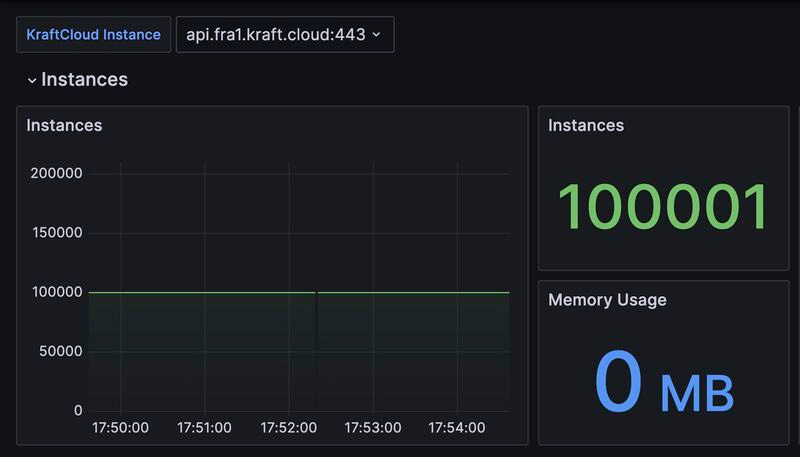For this article we have talked with Felipe Huici from Unikraft about optimizing Cloud deployment with unikernels, how to achieve millisecond scale to 0 and 1 with KraftCloud examples.
Disclaimer: No financial compensation has been received for this mutual post.
Why
It is a reality that traffic on t…





